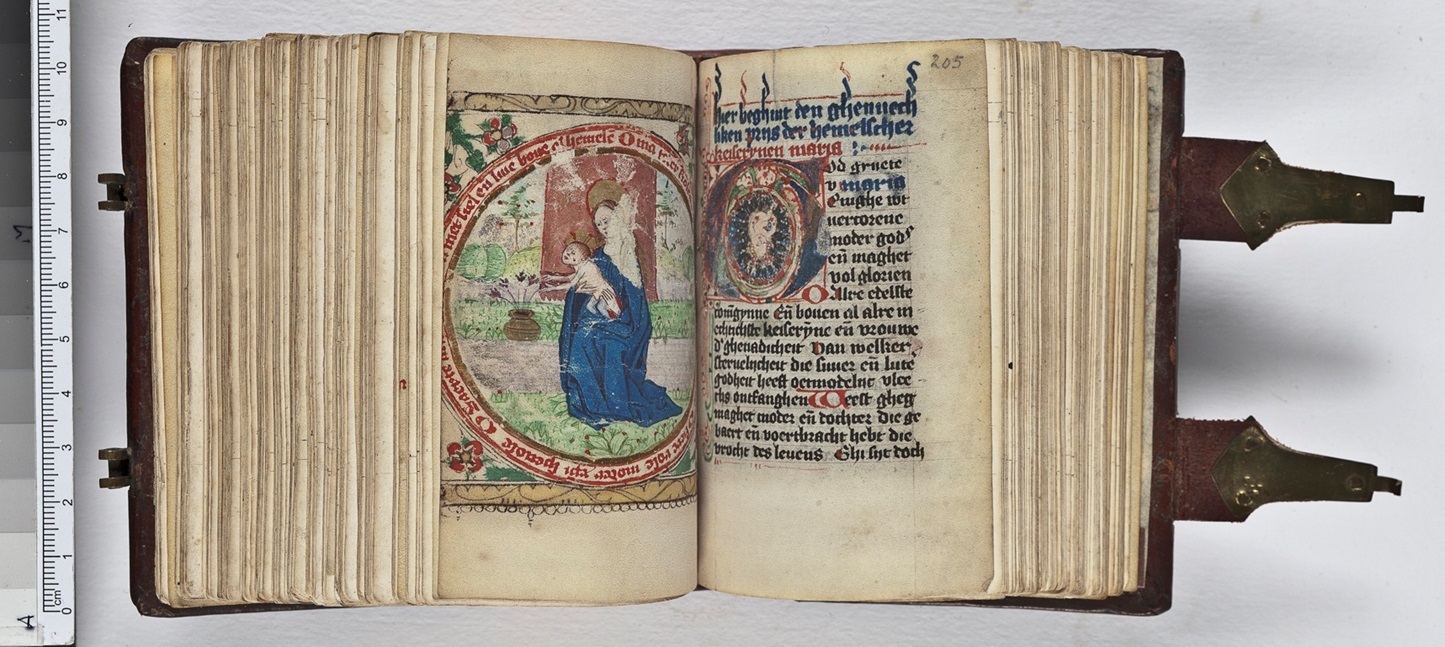Medieval people used small works of art in the same way we use social media today – to reveal status, allegiances and values, according to a new academic study.
Hundreds of lost artworks have been found between the pages of medieval prayer books by Dr Kathryn Rudy of St Andrews University.
The images had been wrongly classified as manuscript illuminations but Dr Rudy discovered they were in fact personal notes, mementos and small painted images similar to modern postcards.
They had been placed in religious books for safe keeping.
Rather than manuscript illumination, the pictures should instead be called parchment paintings similar to postcards, Dr Rudy has argued.
She discovered that medieval book owners collected and traded such images, so the books into which they were affixed today provide a record of social bonds.
Her findings follow a decade of research of medieval books in more than 30 libraries in seven countries, including Scotland.
The result is her new book, Postcards on Parchment: The Social Lives of Medieval Books.
It contains more than 200 images which have now been classified as “once-loose paintings”.
Dr Rudy, a senior lecturer in the university’s school of art history, said: “In some ways medieval people were similar to us in that they traded small images as a way to forge social bonds, just as we post images on social media sites today – to reveal our status, our allegiances and our values.
“Recipients of small gifts would form a favourable memory of the giver each time they gazed upon the picture.”
She added: “Whereas manuscript illuminations were designed to provide a visual narrative to a book’s text, parchment paintings offered a kind of autonomous currency for exchange between individuals – people who longed for saturated colour in a grey world of wood, stone and earth.”









